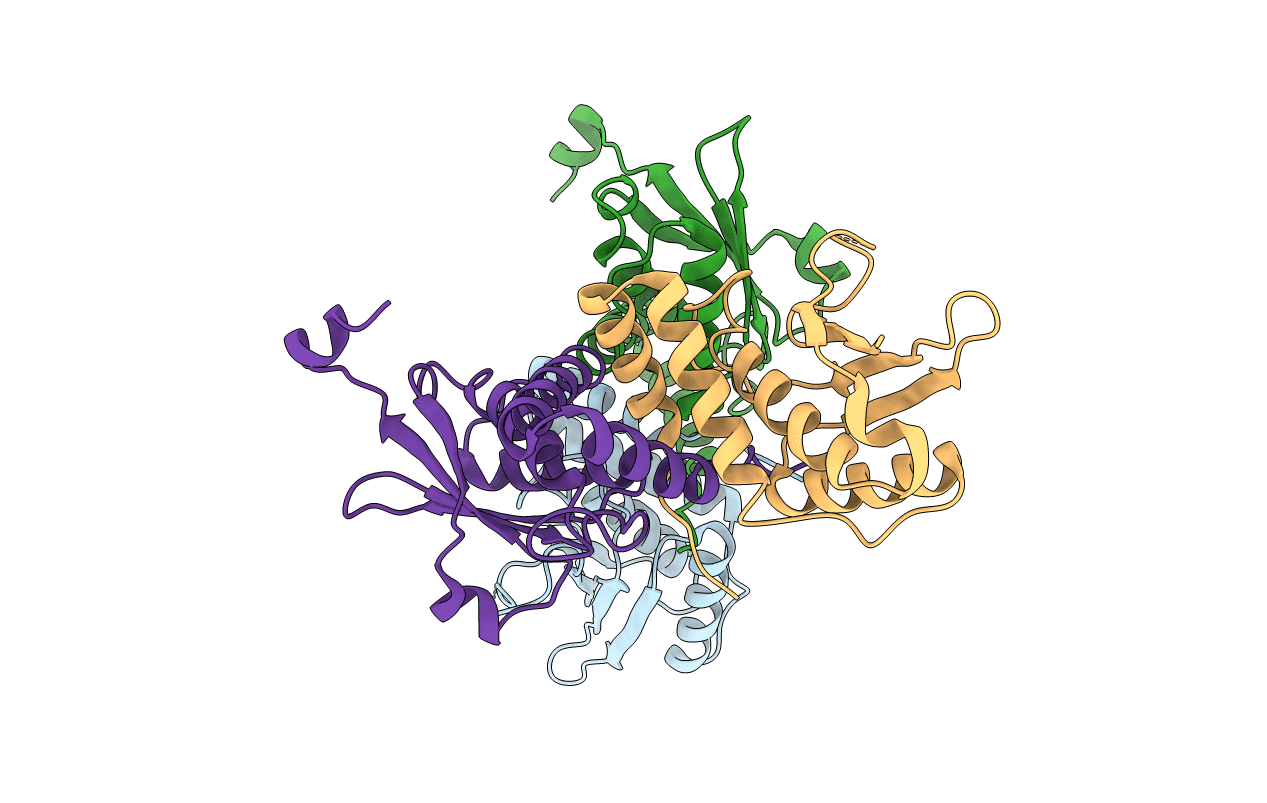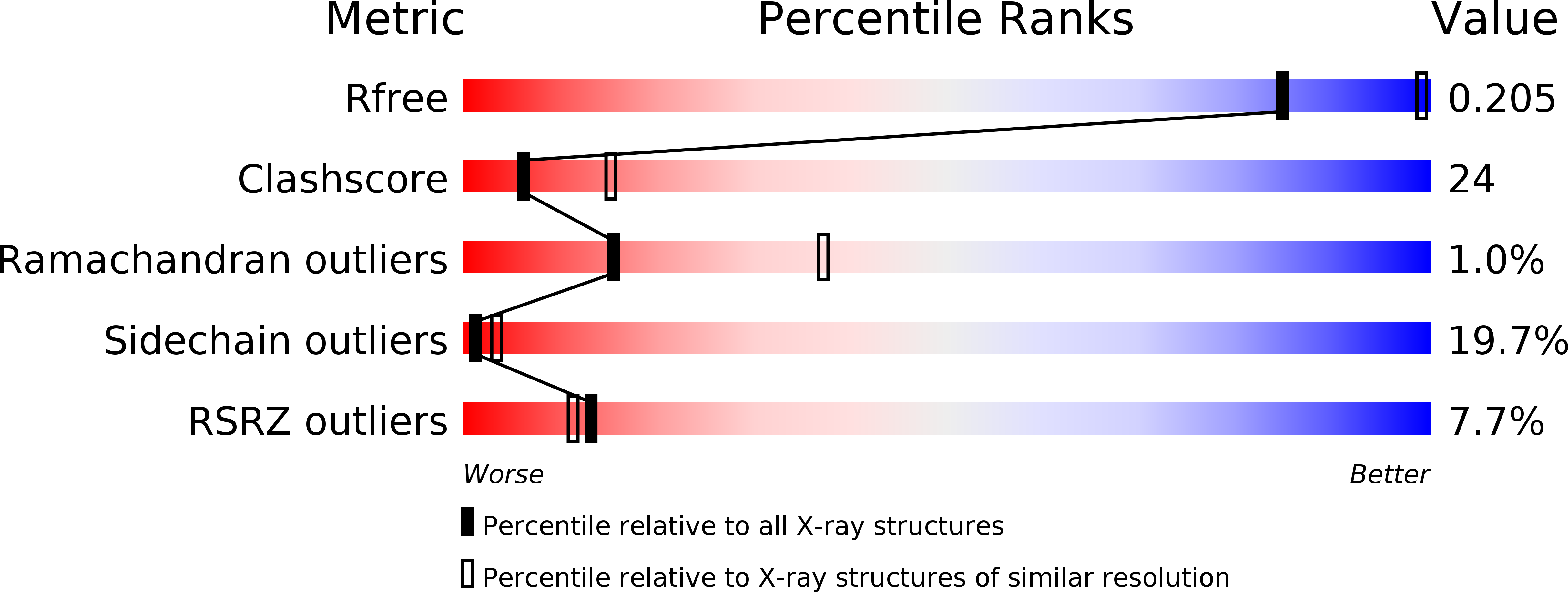
Deposition Date
2010-05-20
Release Date
2010-10-06
Last Version Date
2023-11-01
Entry Detail
PDB ID:
3AJ2
Keywords:
Title:
The structure of AxCeSD octamer (C-terminal HIS-tag) from Acetobacter xylinum
Biological Source:
Source Organism:
Acetobacter xylinus (Taxon ID: 28448)
Host Organism:
Method Details:
Experimental Method:
Resolution:
2.70 Å
R-Value Free:
0.27
R-Value Work:
0.20
R-Value Observed:
0.21
Space Group:
I 41 2 2


